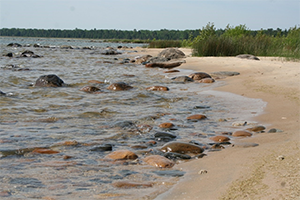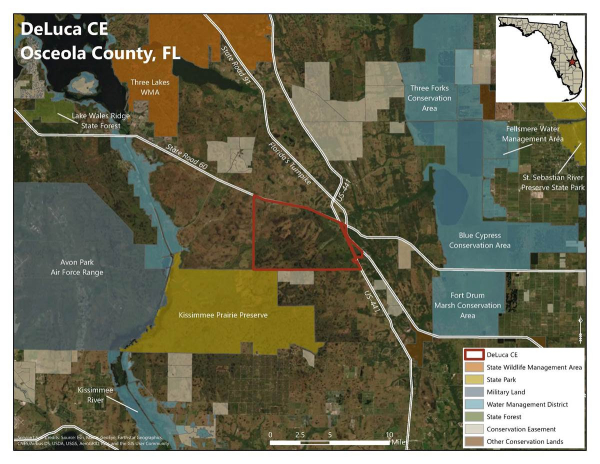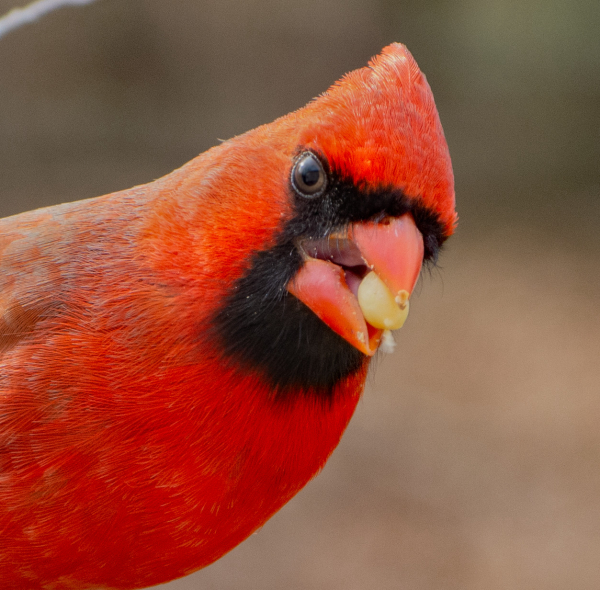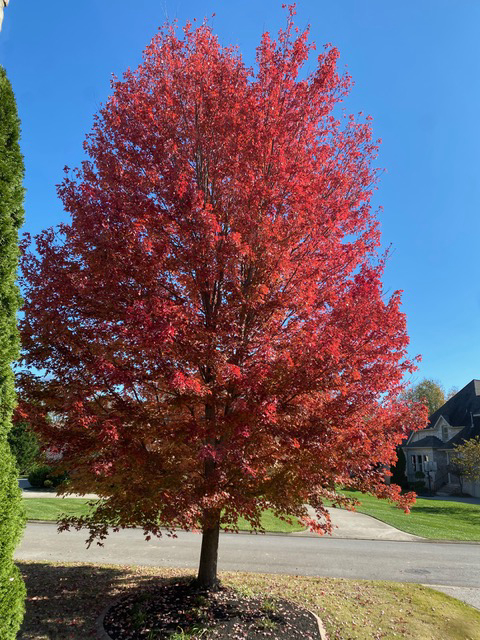Introducing the R2K Scouting Camera from Black Gate Hunting Products

Higher standards and lower prices. That’s the name of the game for Black Gate Hunting Products. When that mantra is applied to the trail camera industry it results in the ultimate lineup of trail cameras money can buy. That’s exactly what hunters get when they use the new R2K from Black Gate, an innovative new trail camera that is packed full of impressive features and won’t break the bank.
The R2K features a high-definition 20 MP camera that is capable of shooting photo only, video only, or photo plus video modes. Super-fast trigger speeds of as low as 0.2 seconds will ensure you capture even the fastest moving activity in front of your camera. An infrared, black, no glow flash with a range of 80 feet makes sure your camera remains stealthy and captures all the traffic, both near and far. The built-in microphone and 2.7k video recording capabilities allows for HD quality recording ensuring you’ll see and hear every detail, no matter what settings you’re using.
The R2K has multiple still-shooting quality settings including 3 MP, 5 MP, 8 MP, 12 MP, 16 MP, and 20 MP. With this flexibility you’re sure to find a setting that captures the right level of detail and maximizes your storage capacity. And speaking of storage capacity, load up the camera with images and videos thanks to SD card capacity of up to 512GB. When you’re ready to view your images and videos, use the built-in speaker and the LCD color display to quickly locate your favorite clip or image of that target buck or bull. Read more









